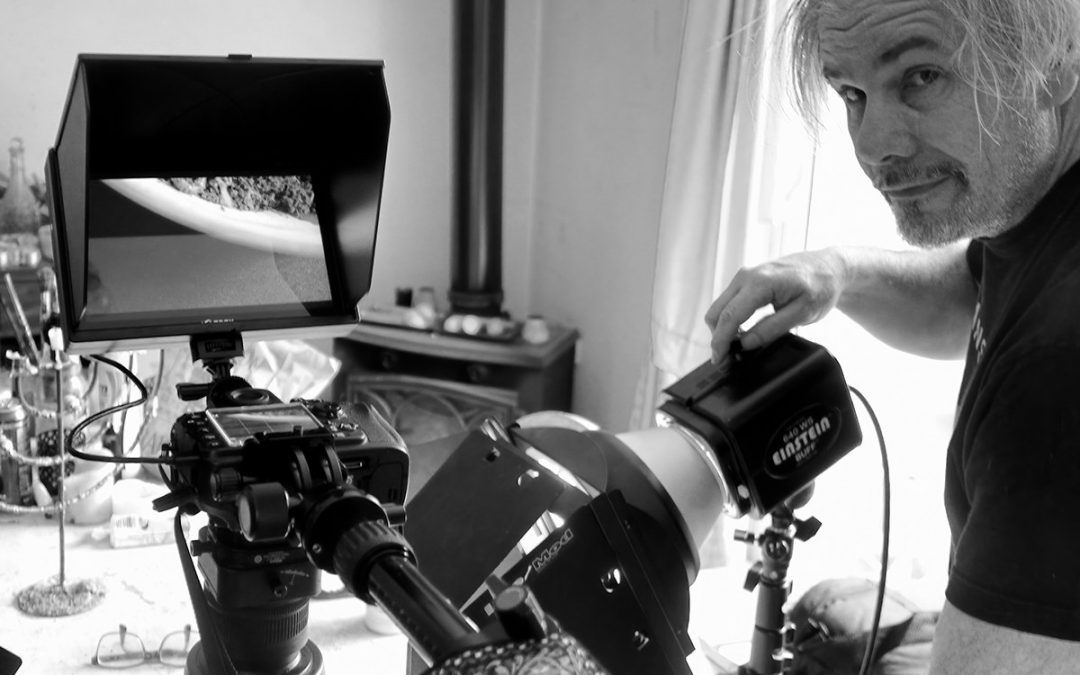Contextualizing photo work is problematic due to disagreements around the definition of art photography. Nevertheless, photography has become one of the great preoccupations of our age–particularly when one finds a teen attached to a smartphone. While the film camera proved adaptable to the rapidly changing world of the 1960s, the 2020s present an even more radical shift in photography due to the ability to instantly snap and share digital images. The rapid emergence of new technologies suggests that photography–however defined–is due for substantial transformation.
Campany provides a brief list of types of fine art photography:
Modern Art: conceptual, postmodern, the body
Photo Art: image/text, constructed image, identity, political image
Photography genres and issues:
- Histories
- Relation to the world — objectivity
- Record of the real — documentary
- Urban/street — sociology
- Studio — fine art traditional
- Reproduction of mass culture
- Gaze — social structures of vision
- Nature — contemplating the wild
Timeline:
40s-50s — self-consciously “art” photography; photographer’s own “poetics of seeing.” In U.S. consider Robert Frank — produced The Americans (1958) — archetypal photographer vs. the world. Also: Minor White, Aperture magazine (1952). In Europe subjective photography emerged (Otto Steinert) prefering black & white. Unfortunately, the European school was conformist, insular and defensive.
1968 — Key year (Scharf). Art & photography; photos were more than an extension of painting, opening dialogue with literature, sculpture, theater, performance.
1989 — The 150th year of photography, Scholarly surveys were given and proved that no one agreed on issues of the day.
CAMPANY, D. (ed.) 2014. Art and Photography, London: Phaidon Press Limited.
Process Notes:
My work can only be done digitally. There may be up to 400 slices and the slices are integrated with complex, demanding academic computer software.

